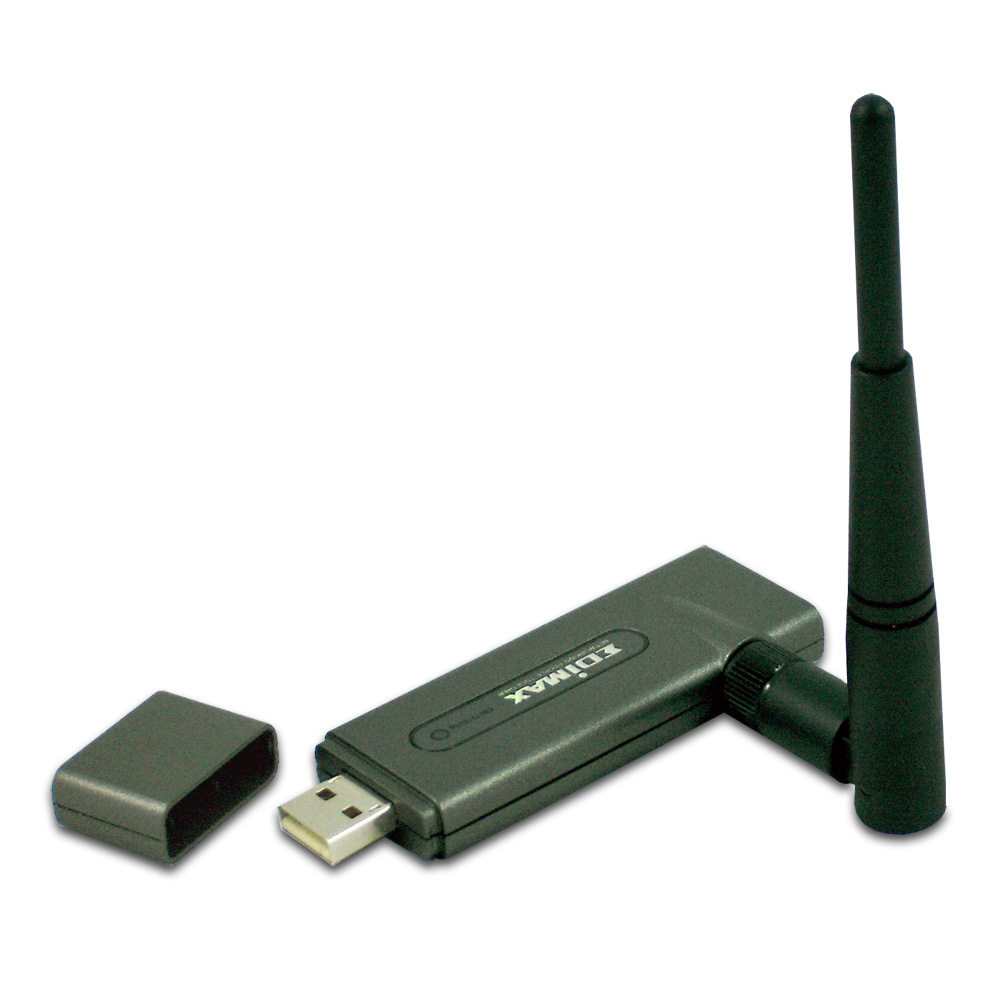802.11 Wireless Usb Adapter Driver
The USB150WN1X1 USB 802.11N Mini Wireless Network Adapter allows almost any USB-enabled desktop, laptop or netbook computer system to connect to 'n', 'g' or 'b' wireless networks. Using a 1T1R (1 Transmitter/1 Receiver) design over the 2.4GHz frequency in an extremely compact form factor, the USB adapter is capable of reaching up to 150Mbps over an 802.11n network while taking up minimal space.Backward compatible with 802.11b/g networks (11/54Mbps), this adapter is a versatile wireless networking solution. With support for standard and advanced security options such as WEP, WPA, as well as wireless Quality of Service (QoS) support, and quick and easy setup through WPS, this USB 2.0 adapter is backed by StarTech.com's 2-year warranty and free lifetime technical support, making for an excellent wireless upgrade or first-time setup option. Prior to installing this device, ensure that your operating system is up to date (for example, you have installed the most recent service pack).To install the driver:.
Download the latest drivers from the StarTech.com website. Prior to installing this device, ensure that your operating system is up to date (for example, you have installed the most recent service pack).To install the driver:.
Download the latest drivers from the StarTech.com website. Starting in High Sierra 10.13, macOS enforces stricter security policies than previous revisions. As a result of these changes, software packages, like those used in this installation, will need to be allowed within the macOS Security and Privacy settings, immediately after the software has been installed, in order for the device to operate.To allow the software, follow these steps after you've completed installation on your Mac:.
Open System Preferences. Open Security & Privacy.
Click the Allow button near the bottom of the General tab.Note: The option to allow the software will be available within the Security & Privacy settings for 30 minutes. If the software is not allowed within that time frame, the software must be reinstalled in order for macOS to grant the opportunity to allow it again. To confirm that Windows detects your USB device, complete the following:. Press the Windows key+ R, type devmgmt.msc, and press Enter. In Device Manager, under the appropriate heading, confirm that your expansion card is listed and that there isn't an exclamation mark next to it.
For example, a USB controller card would be under Universal Serial Bus controllers.Your USB device is listed according to the name of the chipset. To determine the name of the chipset of your USB device, navigate to and look on the Technical Specifications tab for your product. To confirm that the Mac OS detects your USB device, complete the following:. Click the Apple icon. Click About This Mac.

Click More Info or System Report. Under the appropriate heading, confirm that your USB device is listed and that there isn't an error. For example, a network card would be under Ethernet Cards.You may need to refresh the System Information page after you plug in your device. To do so, press Command + R with the System Information page open.Your USB device is listed according to the name of the chipset.
To determine the name of the chipset of your USB device, navigate to and look on the Technical Specifications tab for your product. California Proposition 65 WarningWarning: Cancer and reproductive harm — Safety Measures. If product has an exposed circuit board, do not touch the product under power. If Class 1 Laser Product.
802.11n Usb Wireless Drivers Download
Laser radiation is present when the system is open. Wiring terminations should not be made with the product and/or electric lines under power. Product installation and/or mounting should be completed by a certified professional as per the local safety and building code guidelines. Cables (including power and charging cables) should be placed and routed to avoid creating electric, tripping or safety hazards.